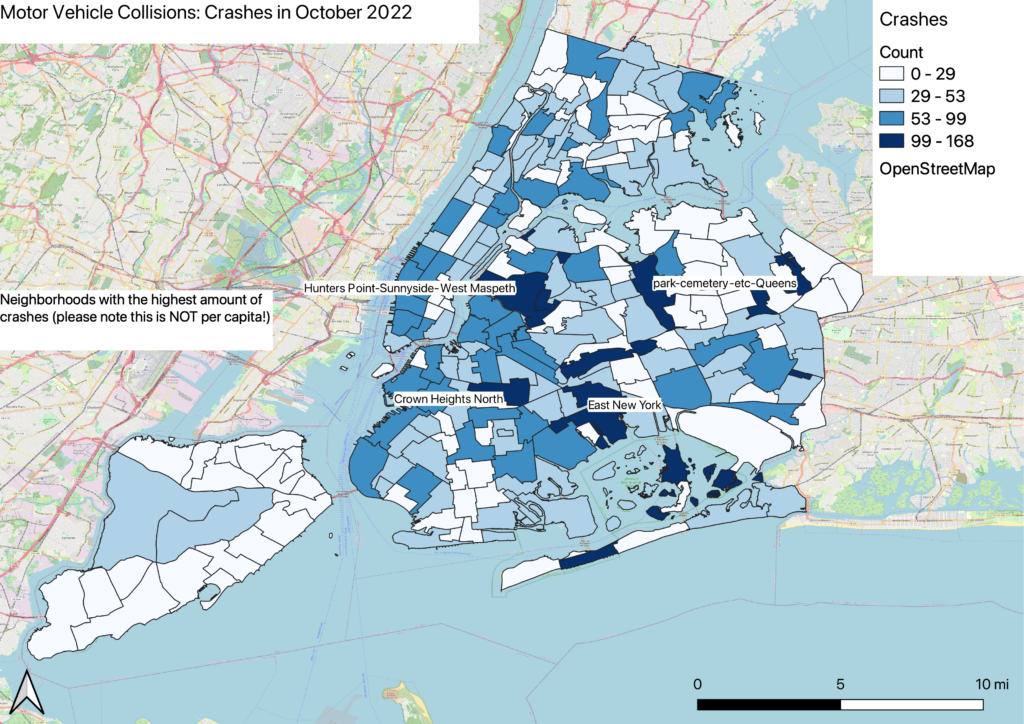Below is a copy of the final project proposal submitted earlier in the semester, followed up some updates text based on feedback.
For the final project, I plan to write a seminar paper on subquestion “b” as indicated in the final assignment, concerning problematic legacies, and tie the concept into how the digital humanities field continues to evolve. The question states: How do digital platforms/projects/tools evidence, retain, intervene in, or speak to unequal power structures that may be legacies of colonialism? In my paper, I plan to address unequal power structures in the forms of digital tools, mapping and various articles.
As part of my works cited, I plan to refer to the following readings and digital platforms:
Readings
- Digital Humanities: The Expanded Field – specifically the “Big Tent” metaphor, how we address structures of power, and how we should not have a US-centric approach to the field
- A DH That Matters – advocacy for marginalized communities, how our biases pervade technologies
- Making a Case for the Black Digital Humanities – who’s in and who’s out, what is foundational to the digital Black humanities
- Why Data Science Needs Feminism – the 7 principles of data feminism, specifically power
- Visualizing Sovereignty: Cartographic Queries for the Digital Age – imagining sovereignty beyond Western cartography, the map as a “technology of possession”
- The September 11 Digital Archive: Saving the Histories of September 11, 2001 – catered to a sector of victim’s families (does not include people who were racially profiled as a result of the attacks)
- Dividing Lines. Mapping platforms like Google Earth have the legacies of colonialism programmed into them – the connection between mapping and power
- Humanities Approaches to Graphical Display – Drucker urges us to not follow along with the assumptions of data tools, we must challenge them (question their meaning)
- Difficult Heritage and the Complexities of Indigenous Data – TBD
Digital Platforms
- Reviews in Digital Humanities – how accessible is the website? Who is being counted in the stats?
- The Invasion of America – https://www.youtube.com/embed/pJxrTzfG2bo
- Slave Revolt in Jamica: Brown argues that if we are to take seriously the opportunities afforded by digital forms of scholarship, we must remain attentive to how design and interface constitute modes of scholarly argumentation.
- http://revolt.axismaps.com/
- http://revolt.axismaps.com/map/
- Chicana por mi Raza – whose voices were / were not included
- Renewing Inequality – data included in the archive is not neutral and excludes important narratives
Next Steps
- As I continue to further develop this paper, I plan to add more resources to cite.
- Based on feedback:
- Frame an argument in a way that reveals a new problem / contributes to the conversation
- Provide an angle / opinion to the conversation, showcase voice
- Possible thesis: we are unconsciously biased and are therefore selective of the history we choose to archive – as a result, there are voices who are left out of the conversation as we continue to make this field (and society as a whole more inclusive / welcoming / less of gatekeeping).




